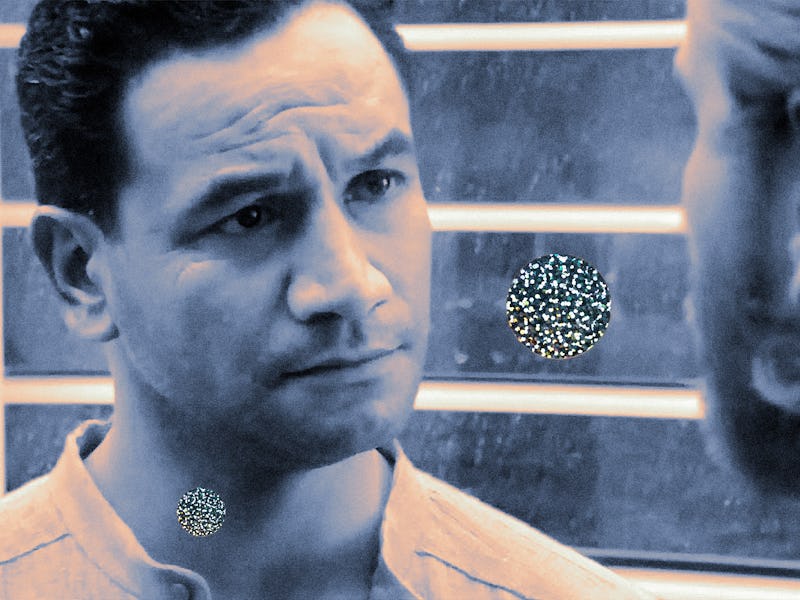22 Years Ago, a Beloved Star Wars Anti-Hero Finally Got an Origin Story
“Please, Mr. Fett was my father.”

By the time the Star Wars prequels began in 1999, Boba Fett had become a cult favorite character. Much of his legend was based around the idea that, just like his reputation in his fictional galaxy, no two interpretations of him were alike. Your idea of Boba Fett was cobbled together from wherever you’d seen him (and the portrayals you most preferred), whether it was the cool-looking original trilogy mercenary, the heavy-duty action figure, the honor-driven survivor of the books and comics, or yet another variation. It wasn’t until Attack of the Clones introduced his father, Jango Fett, that Boba Fett was solidified, for better or worse.
This puzzle-piece approach to Fett made him easy to obsess over, and his humiliating “demise” in Return of the Jedi’s Sarlacc Pit courtesy of a blindly swinging Han Solo made fans eager for retribution. If only general audiences, who saw the movies and nothing else, could understand just how badass he was! Jango Fett was that opportunity. He goes from a terse standoff with Obi-Wan Kenobi in the Kamino cloning facility, to taking on the Jedi Master in a hand-to-hand-to-laser brawl, to a dogfight in a field of asteroids. It’s an awesome guy speedrun.
Your mind automatically adds guitar solos to his appearances.
Much of this took advantage of George Lucas’ constant embrace of toyeticism in the prequels, as Jango Fett’s seemingly limitless artillery was a playset waiting to happen. Sure, it muddied up Boba’s continuity in the (now defunct) extended canon, as making him the prodigal child of a supersoldier factory tossed vague references about Mandalorian history and the character’s own backstory in a blender. But in return, it gave fans something physical to latch onto. This was the cool guy we’d been going on and on about for decades. Well, technically it was the cool guy’s Dad, but you get the point.
Jango Fett was cool enough himself to branch into his own spinoffs. Star Wars: Bounty Hunter may not have meant much to the video game community at large, but for Fett fanatics, playing as Jango as he takes down a Dark Jedi and hundreds of other foes was even more absolution. And when Boba held his late father’s helmet at the end of Clones (Mace Windu had unceremoniously decapitated him, because those Fett boys tend to get lost in a melee), it provided yet another dramatic hint about the future, in the kind of moment the prequels thrived on.
Boba Fett’s canonical backstory wasn’t subtle, but it was dramatic.
With the addition of Jango Fett and the blockbuster rendition of Boba’s true origin, the mystery of Boba Fett would never be quite the same. It didn’t spell the end of his allure, and Boba’s return in The Clone Wars animated series as a vengeance-driven young bounty hunter proved his story was still worth telling. But he’d no longer be a collage of parts, the Star Wars equivalent of the blind men and the elephant. Instead, Jango made him whole, rad jetpack rocket launcher and all.